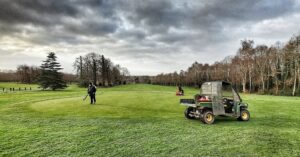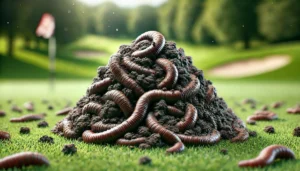
5 Effective Tactics to Prevent Golf Course Turf Disease
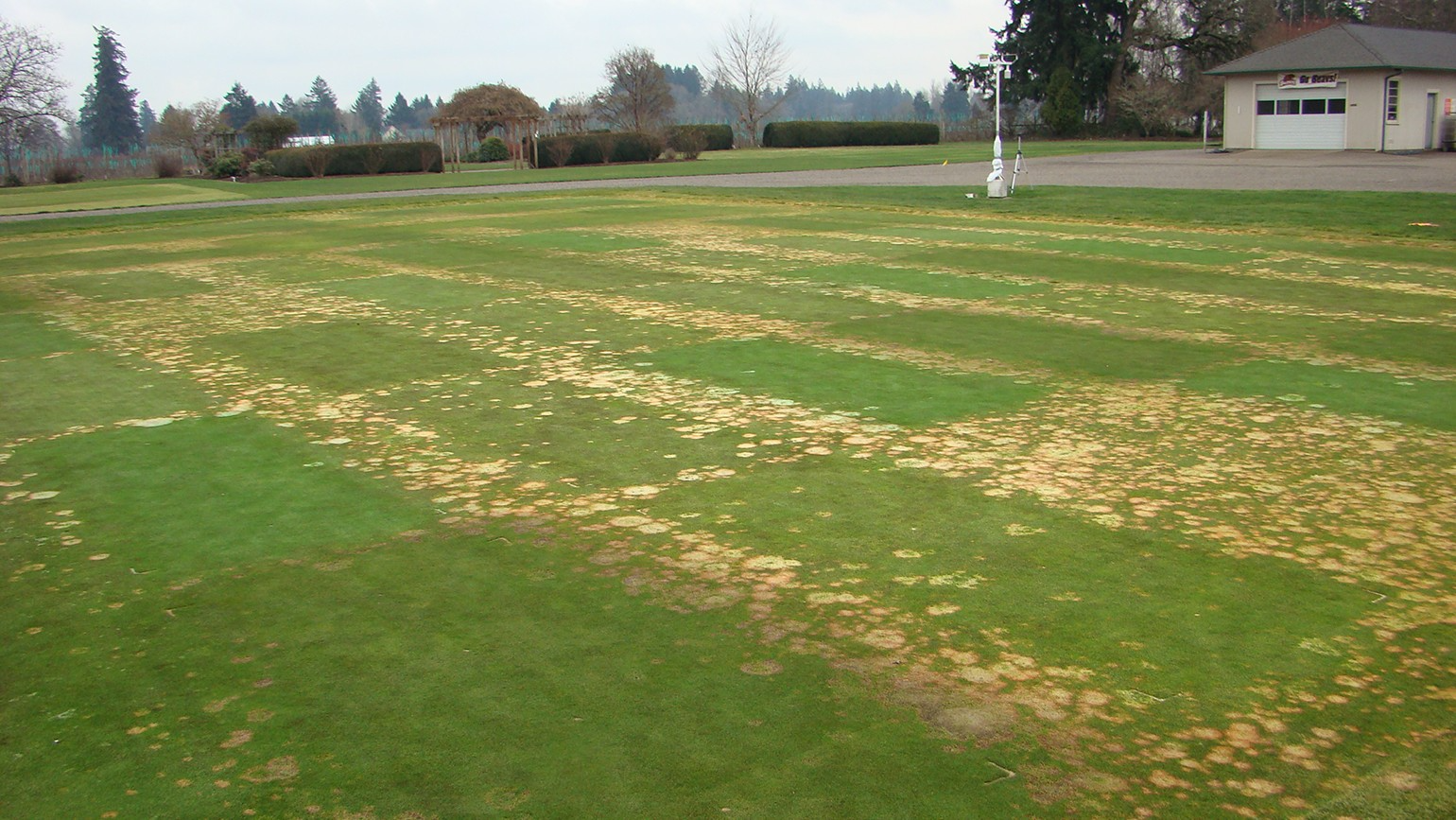
Share
Your golf course is especially vulnerable to turf disease in autumn, winter and early spring.
Why?
Mild temperatures, increased moisture and reduced daylight create ideal conditions for outbreaks.
For example, Microdochium Patch.

This fast-spreading fungus presents as damp yellow-brown or white-pink patches on grass.
Microdochium Patch thins and scars the turf of high-traffic areas of your golf course, particularly greens.
It often takes months to heal.
This degrades playing conditions and affects golfer satisfaction.
Furthermore, turf outbreaks force your maintenance team into intensive recovery efforts.
And divert valuable resources from regular course care.
But you can avoid this nightmare scenario with a year-round Integrated Pest Management program.
Here’s how.
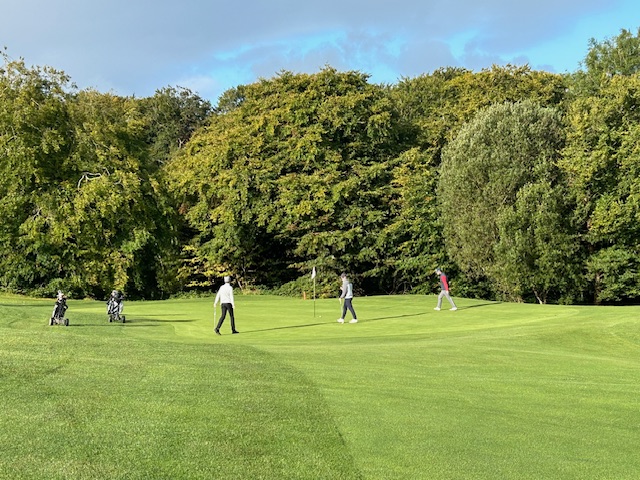
What is Integrated Pest Management?
Previously, fungicides with Iprodione and Propiconazole offered greenkeepers effective, affordable disease control.
However, in 2009, the EU’s Sustainable Use of Pesticides Directive (SUD) changed that.
The regulation limits fungicide use and mandates consulting a Pesticide Advisor before applications.
Plus, since 2014, it has required golf courses using plant protection products (PPP) to adopt Integrated Pest Management (IPM).
Golf course IPM is a sustainable approach to preventing and managing turf pests and pathogens.
It combines biological controls, environmental data, turf technology, and chemicals to:
- Enhance disease prevention with cultural practices and data-driven decisions
- Reduce economic risk and protect natural ecosystems
- Promote sustainable methods of maintaining golf course quality
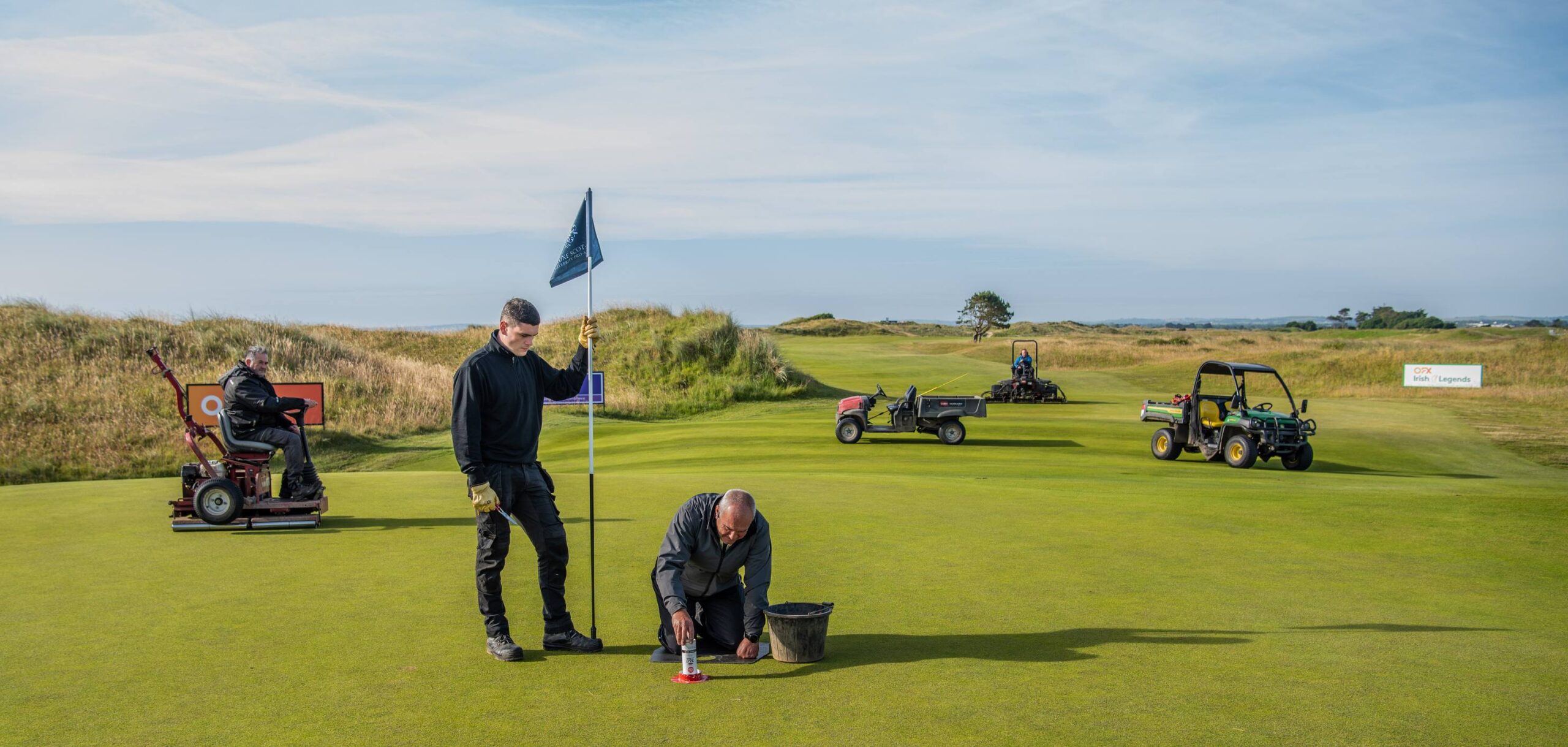
Crucially, golf clubs face fines and penalties without recorded proof of IPM practices and approved chemical use.
Carr Golf oversees course maintenance operations at an ever-growing portfolio of venues.
As a result, we regularly visit golf clubs in Ireland and the UK (where similar guidelines apply).
And many – often due to a lack of awarness – still don’t adhere to the respective legislations.
Is your club among them?
Then take a look at our 5 most effective tactics for preventing golf course turf disease through Integrated Pest Management.
1. Select disease-resistant grass species and cultivars
The foundation of any IPM program starts with selecting the right golf course grass.
Disease-resistant cultivars help to prevent turf diseases from taking hold in the first place.
In turn, this reduces reliance on chemicals and limits maintenance costs.
Choose grass species bred for the following:
- Resistance: Prioritise varieties with proven resilience against common diseases
- Adaptability: Select cultivars that suit the root zone type and local environment
- Durability: Opt for grasses that withstand frequent play and heavy footfall
- Density: Aim for turf with a fine-leaf texture and dense sward
- Depth: Look for species with a root depth of 6-8 inches
- Height: Favour grass varieties that tolerate low-cut heights
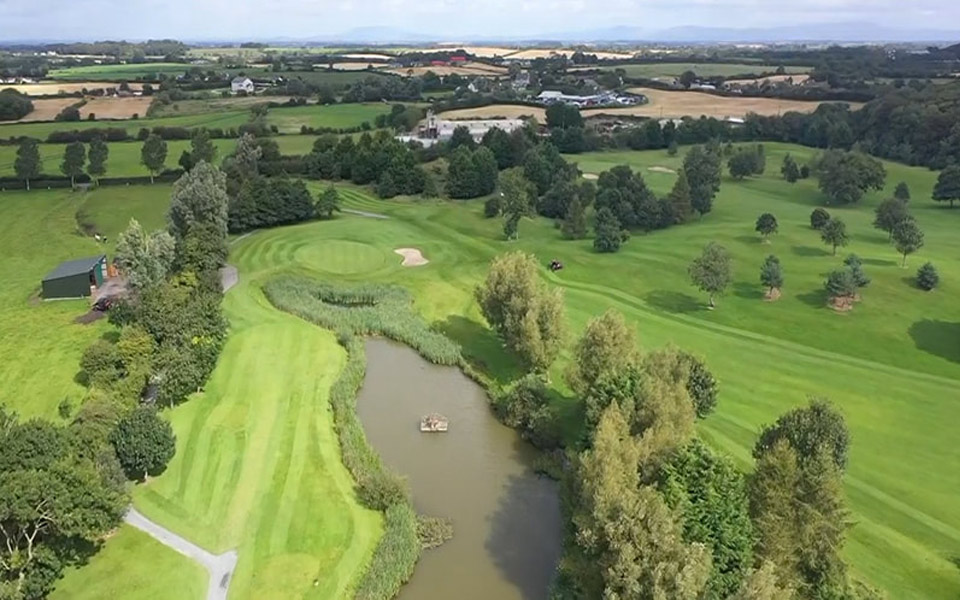
We always recommend consulting with a turf care professional when choosing grass species for your golf course.
This ensures alignment with local conditions and long-term disease prevention.
However, In Ireland and the UK, you’ll often find:
- Creeping Bentgrass on greens
- Dwarf Perennial Ryegrass and Fescue on tees and fairways
Top tip: create a turf care culture
Even the most suitable turfgrass needs year-round, season-specific nurturing and care. Your maintenance team must embrace cultural practices such as mowing, verticutting and rolling. This will check disease, curtail turf stress, optimise cut heights, and enhance playing surfaces.
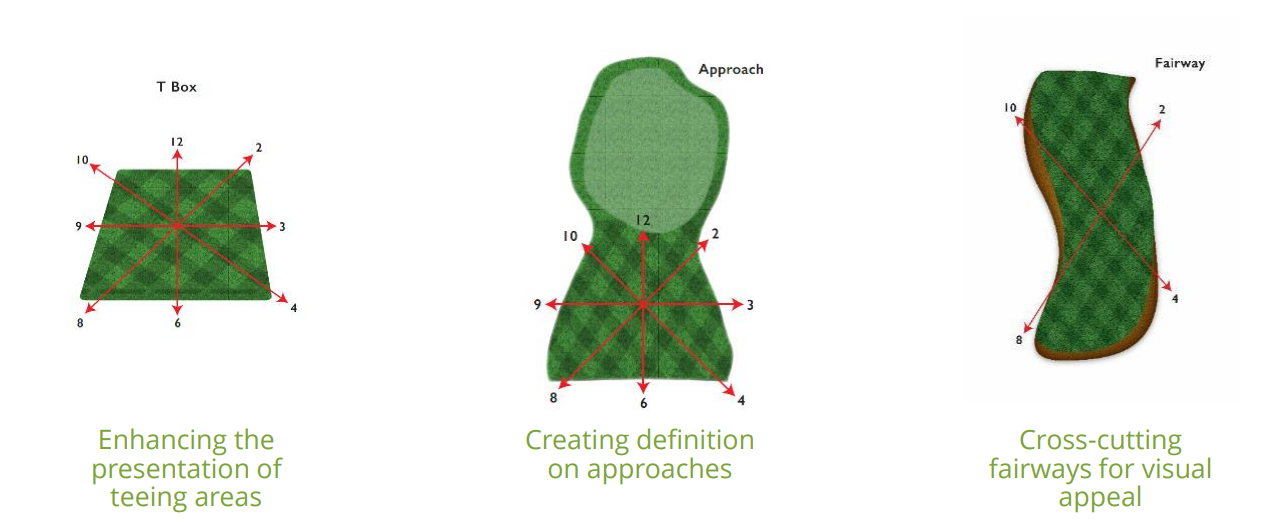
2. Maintain plant and soil health
With the right nutrients, your turfgrass will grow strong and stay disease-free without excessive chemical use.
So you must determine the optimum nutrient balance for your golf course.
This balance depends on grass species, soil type, climatic conditions, and seasonality.
Remember:
- Over-fertilising causes excessive growth and attracts pests
- Under-fertilising reduces turf density and weakens defences
So, how do you design an annual agronomic plan optimised for Integrated Pest Management?
The Carr Golf approach starts with an in-depth assessment of your golf course.
Our team analyses:
- Soil samples and organic matter
- Moisture levels and irrigation efficiency
- Average monthly temperature and rainfall
- Current and historic treatment plans
Next, using a nutrient calculator and growth models, we create a month-by-month nutrition strategy for your greenkeepers to deliver.
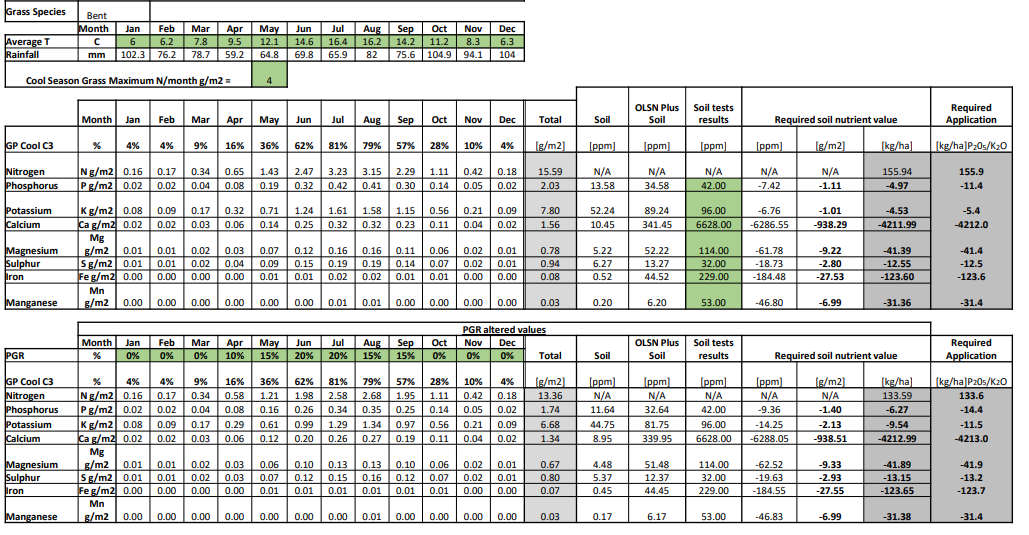
Every effective turf nutrition plan promotes healthy root zones.
This can be achieved by incorporating biostimulants like seaweed extracts, humic acid, and amino acids.
Moreover, biostimulants support disease tolerance and stress recovery.
Foliar-applied phosphite increases turf growth and quality and strengthens plant immunity against pathogens.
In addition, your agronomic and IPM program includes a seasonal fertilisation schedule.
Lighter applications in autumn and winter prevent nutrient imbalances and keep turf healthy.
- Full compliance. Our IT system logs all nutrient and treatment inputs. So your club has up-to-date records for regulatory inspections.
Finally, we optimise your plan every month by testing and analysing golf course data, including:
- Clipping volume to measure growth and health over time
- NDVI to assess turf vigour, colour, and overall health
- Soil pH levels to determine acidity and nutrient availability
Then we optimise again for never-ending improvements.
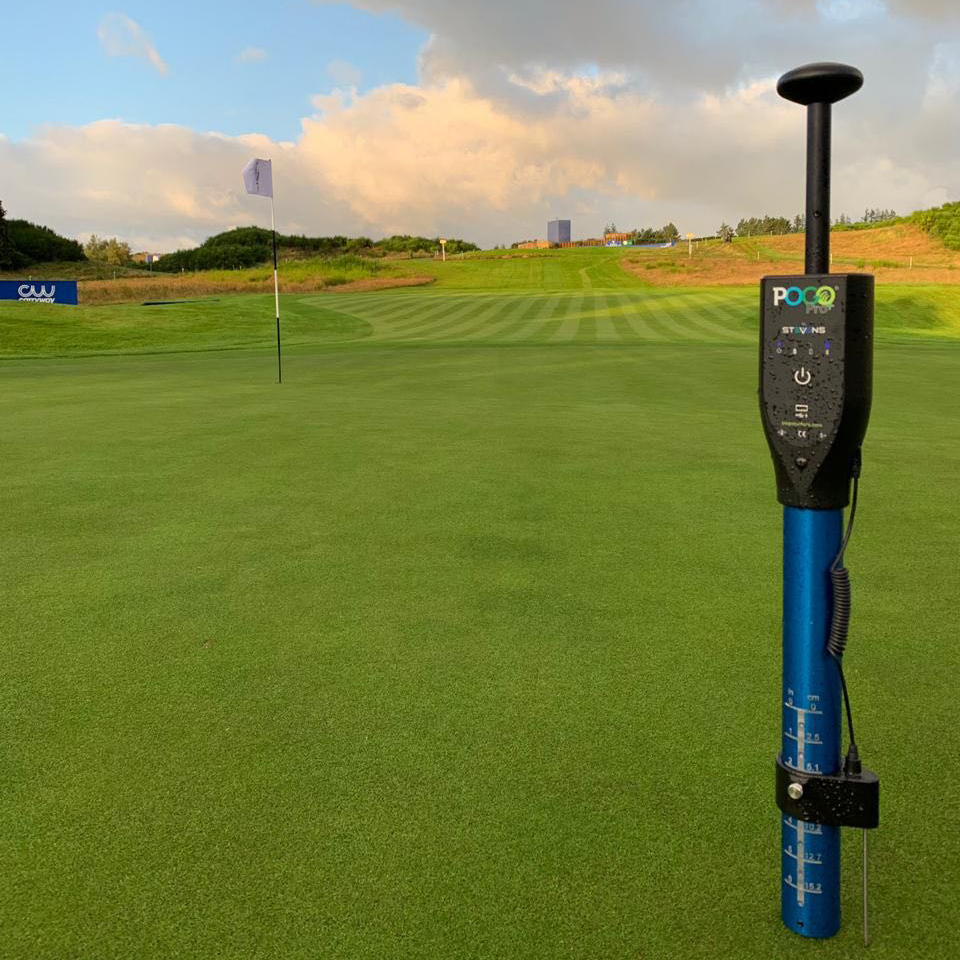
3. Manage moisture levels to prevent turf disease
Controlling moisture is essential for golf course turf disease prevention.
Because excess moisture levels can foster fungus, especially during autumn and winter.
Therefore, your greenkeepers need to set up a moisture monitoring schedule.
Use moisture meters to check soil and surface levels daily during high-risk seasons.
So you can indentify and address any issues early.
Also, apply wetting agents to your turf year-round to maintain even, consistent moisture control.
Regular aeration will prevent waterlogging during periods of heavy or sustained rainfall.
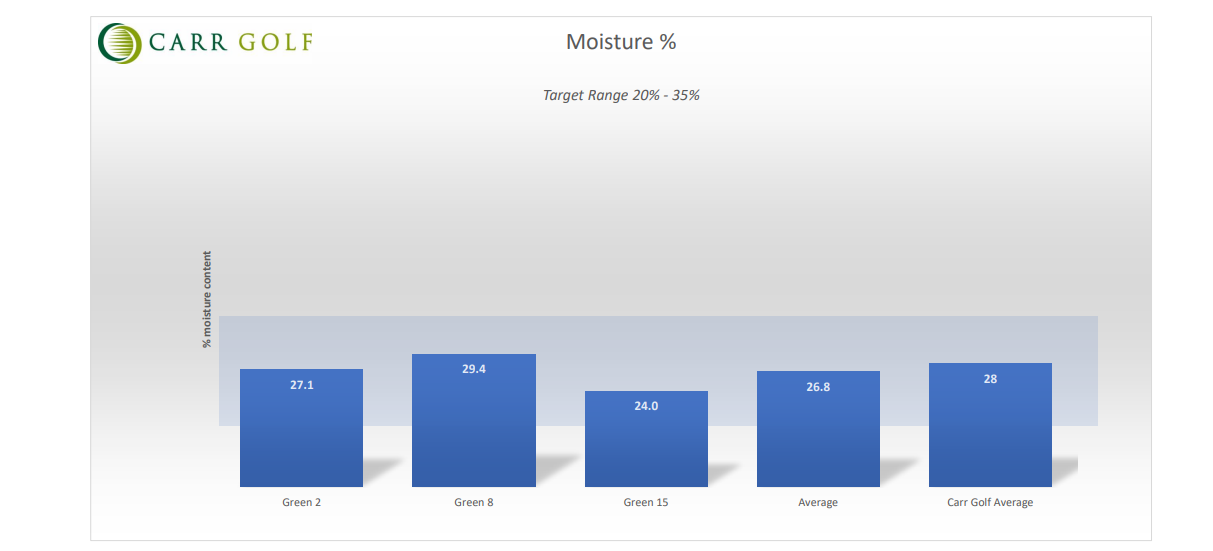
Additionally, sand topdressing and deep-tine aeration improve drainage in high-traffic areas.
Dew control is crucial for minimising leaf wetness. Which is a major driver of pathogen development in cooler temperatures.
This can be achieved by including dew suppressants in your IPM program between October and March.
Finally, with irrigation, be sure to calculate the correct volumes throughout the year.
Both overwatering and underwatering can encourage turf disease.
So, remember:
Include turfgrass type, soil structure, weather, climate, and evapotranspiration rates in your seasonal calculations.

4. Build disease resistance with biological controls
Biological controls offer a more sustainable way to protect your turf from pests and pathogens.
Such natural agents include Bacteria.
Specifically, this organism creates a disease-resistant environment within the soil of your golf course.
- Example: Bacillus subtilis. Research shows that this beneficial bacterium effectively prevents diseases like Fusarium Patch. Bacillus subtilis forms part of the first biological fungicide approved for use on golf courses in Ireland and the UK.
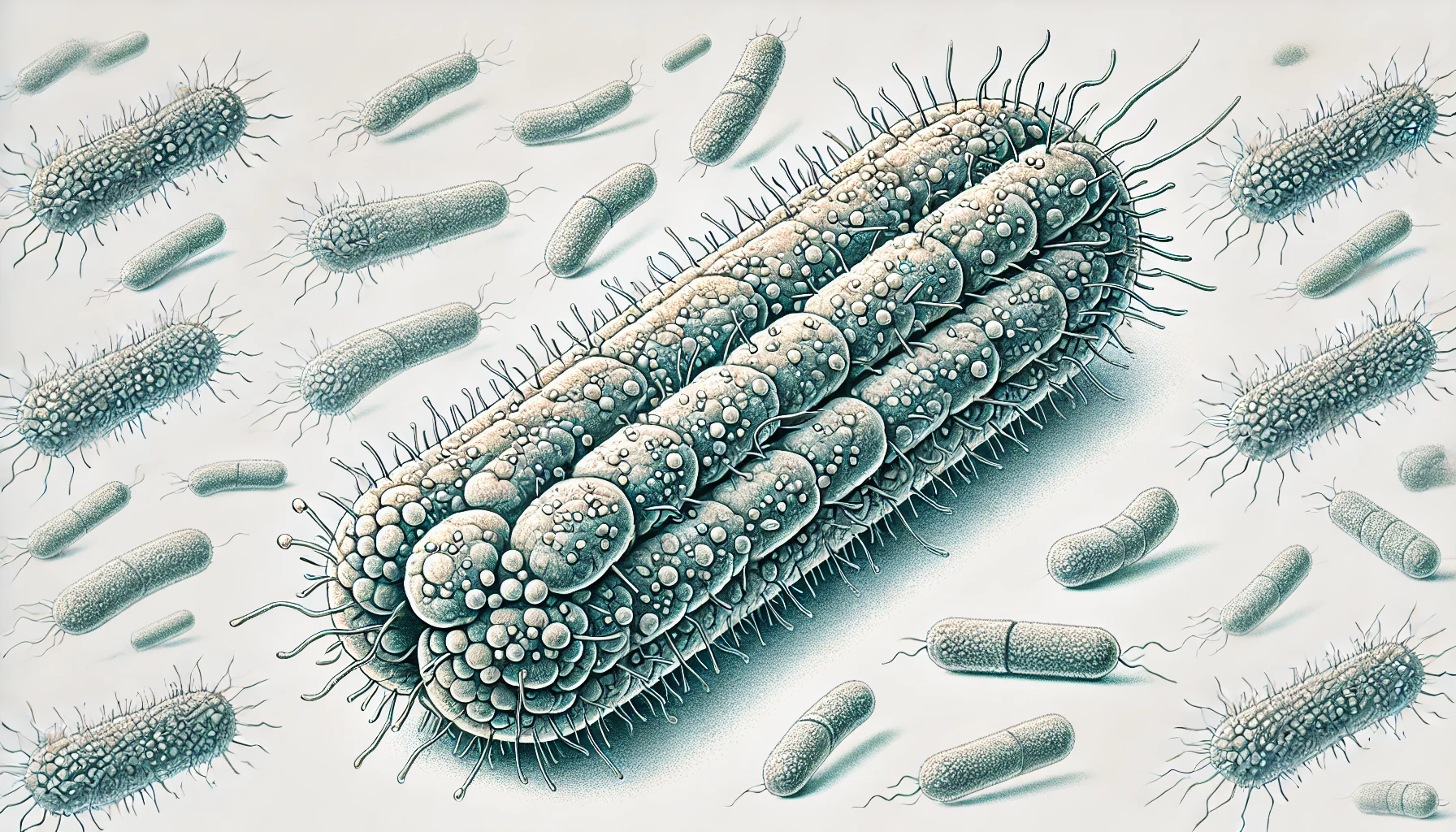
To maximise the effect of biological controls in preventing pathogen outbreaks, you should:
- Combine it with other IPM tactics such as aeration, biostimulants and moisture management
- Monitor soil activity and microbial health to make sure the beneficial bacterium remains potent
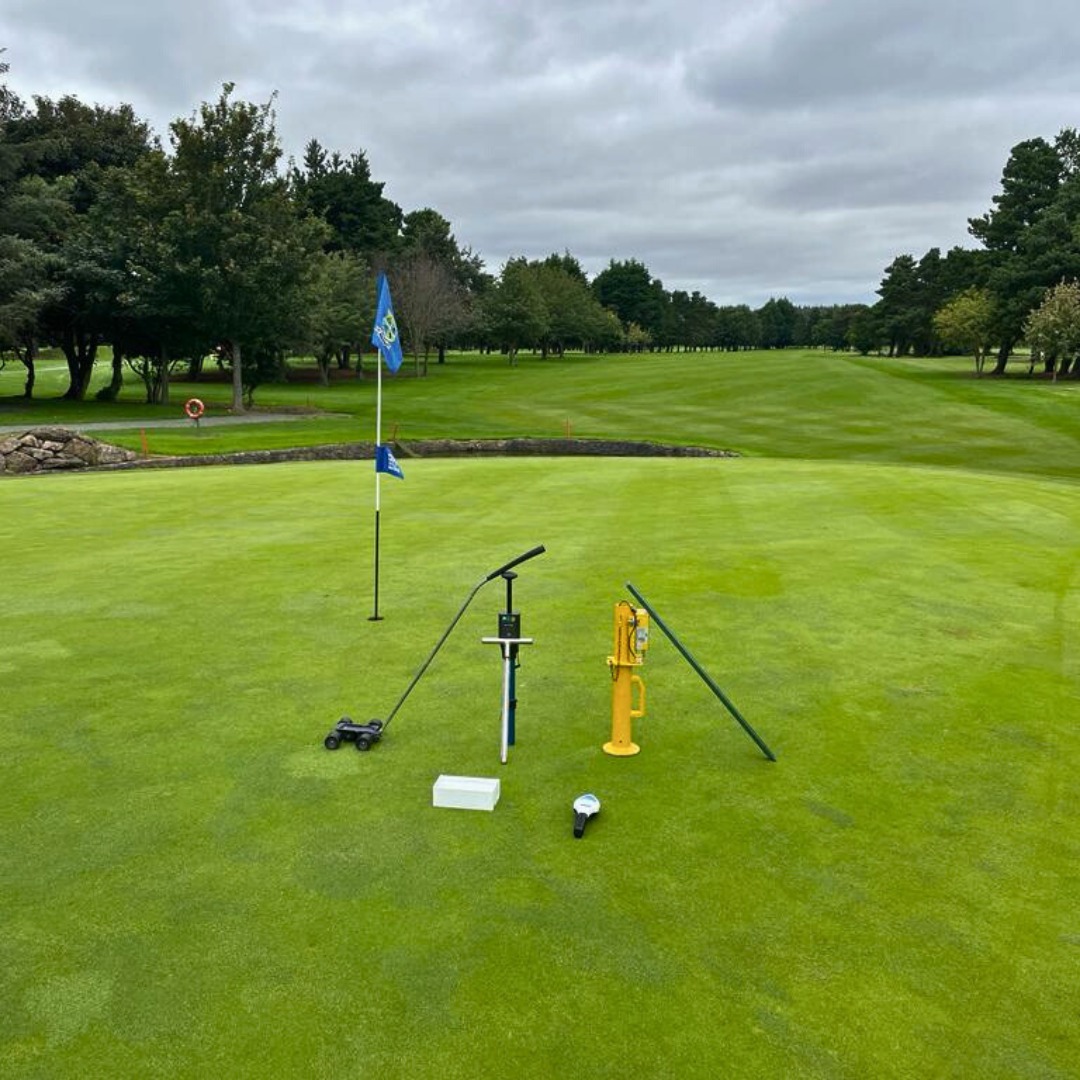
5. Turbocharge your IPM with prophylactic fungicide
Combined with other IPM practices, biological controls provide a natural foundation for protecting your golf course from disease.
But you can never be too careful in high-pressure environments.
Thankfully, a prophylactic fungicide program provides an invaluable extra layer of protection.
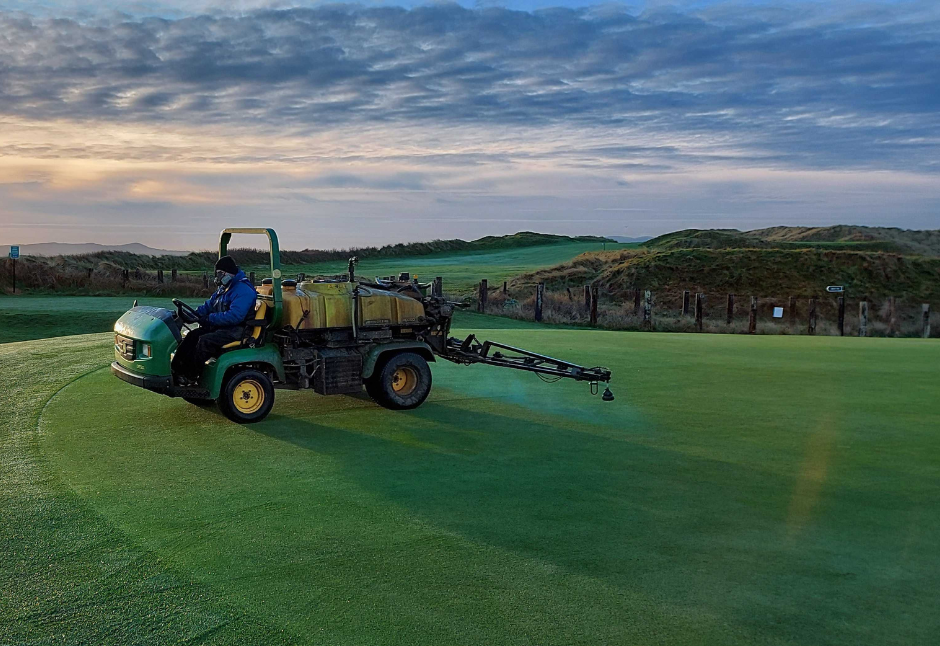
Like our other IPM tactics – individually and collectively – prophylactic fungicide only works as a preventative measure.
The main goal is to immunise your turf.
And so, to build a fungicide program that complements your overall Integrated Pest Management strategy, you must:
- Target specific pathogens. Select fungicides that address diseases common to your course, like Microdochium Patch. Rotating active ingredients helps avoid resistance.
- Apply before outbreaks. Schedule fungicide applications for late autumn and early spring. This preventive barrier reduces the need for reactive treatments.
- Maintain regulatory compliance. Adhere to legislation by logging and tracking each application. Keeping records ensures transparency and simplifies the inspection process.
Level up your turf disease prevention with Carr Golf
Keeping your golf course healthy requires more than routine care.
Especially with strict EU mandates on fungicide use. Even small infractions can result in sanctions.
So now is the time to build an effective Integrated Pest Management program.
That’s easier to do when partnered with experienced experts.
Carr Golf will:
- Custom-design your IPM program
- Train your greenskeepers on best practices
- Handle compliance and record-keeping
- Provide all materials, inputs and technologies
Share
Keep reading

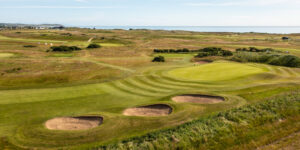
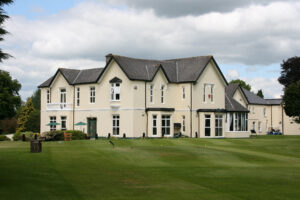
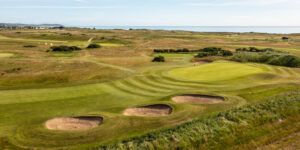
Survey: 78% of Golfers Unsatisfied with their Home Course
